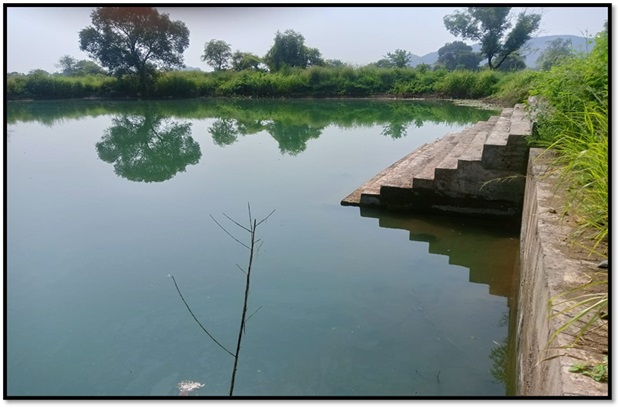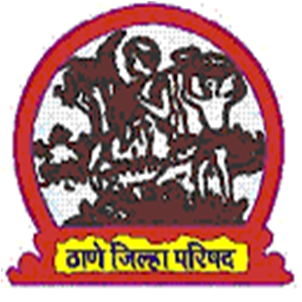Water Conservation Department
Introduction
Minor Irrigation Department
Vision and Mission
Minor irrigation Department is one of the total 14 departments of Thane ZillaParishad. The District Water Conservation Officer is the head of the department.Through the District Water Conservation Department, Percolation tank, village ponds, K.T. weirs, Cement concrete Bandhara ,canal dams of irrigation capacity of 0 to 100 hectares are constructed. Planning of non-tribal areas through the District planning department and of tribal areas is done through tribal projects and works are proposed.
Objectives of the scheme-
• To get the benefit of dam water irrigation to tribal farmers.• Replenishment of wells from seepage and provision of drinking water for animals and birds. IndirectlyIncrease in irrigation capacity.• Replenishment of wells from seepage and provision of drinking water for animals and birds.
- Information about farmers and the sludge they carry, Information on catchment wise and village wise farmer wise land holding, amount of silt carried and number of loaded trolleys (with details of tractor trolleys.)
- Reinforcement of pond bank / embankment like stone pitching excluding concretization, Fencing or protection measures for pond area-composite (including Chain Link Fencing), Provision of public facilities like toilets or portable toilets, dustbins to the population of the benefit area.
Head of the Department
Name – Mr.Dilip Murlidhar Jokar
Designation – District Water conservation Officer
Email Address- mizpthane@gmail.com
Address- Square feet homes, plot no.106,107, S.G.Barve Road No.22 next to Toyota Showroom , Wagle estate, MIDC Thane west
Phone Number-9423874408
Objectives& Functions
1. Construction and beautification of village pondat Excavation for depth of 3.00 m. A water reservoir created by building a 3.00m high earthen embankment is a village lake. It is used to refill the wells from seepage and provide drinking water for animals and birds.
2.Construction/repair of cement concrete embankments Post-monsoon water storage by dam construction on river/canal i.e. use of embankment to recharge wells from seepage. is to provide drinking water for animals and birds.Criteria for the scheme –1) Good quality hard rock for foundation should be available at shallow depth2) Both sides of the drain should be high enough.3) Good quality metal and sand should be available for Concrete.4) Mixer and vibrator must be used for mixing.5) The depth of footing should not be more than the height of the Bandhara above the ground.6) The scheme must fit within the financial parameters fixed by the government from time to time.Nature of benefit – Replenishment of wells from seepage and provision of drinking water for animals and birds. Increase in irrigation potential indirectly. 3. Lift Irrigation Scheme As the tribal area is generally hilly and falls in the catchment area above the dam, sub-irrigation is provided by the government at 100% cost to the tribal farmers to get the benefit of irrigation water from the dam. Plans are implemented.
Scheme Criteria –1) Proper space and demand is essential.2) The benefit area should be at least 25 hectares.3) Total tribal beneficiaries should be at least 90%.4) Beneficiaries must register the Co-operative Societies before they are established.5) Water permit required.6) The scheme must fit within the financial parameters fixed by the government from time to time.Nature of Benefit – Tribal farmers get the benefit of dam water irrigation.
3.Lake conservation and Beautification Project.
Keeping in view the unique importance of village ponds, lakes and reservoirs in the balance of the environment, the Central Government has started the National Lake Conservation Scheme from the year 2001, first on a pilot basis and later on a regular basis. Lakes in the state are also included ,However, considering the total number of lakes in the state, as it is not possible to include all those lakes in the National Lake Conservation Scheme of the Central Government in the near term, the Lake Conservation Scheme has been implemented at the state level since 2006-07. was started
Preparation for active participation like-
Processes or measures for purification of pond water.
- Reinforcement of pond bank / embankment like stone pitching excluding concretization.
- Fencing or protection measures for pond area-composite (including Chain Link Fencing)
- Provision of public facilities like toilets or portable toilets, dustbins to the population of the benefit area.
- Waste water management in the vicinity of ponds.
- Beautification- like afforestation in the area around the lake, plantation of trees, solar street lights, pendle boating.
- public awareness.
4.GDGS Scheme –
The process of geotaging the work done under this scheme, collecting information on the system, etc. will be done under the Avni APP. The following are the following aspects of the Ancini App:-
Geo-tagging of the works to be done under this scheme, collection of information on the system of the scheme etc. will be done through Avani app. Anchani app includes the following items:-
- Watershed wise sedimentation information.
Pictures and videos of each site before, during and after works.
- Information about farmers and the sludge they carry.
- Information on catchment wise and village wise farmer wise land holding,
amount of silt carried and number of loaded trolleys (with details of tractor trolleys)
- Jalyukt Shivar Scheme.
In order to permanently overcome the scarcity situation in the 6-8year, a water-efficient village campaign was implemented in six districts of Pune region. It was prepared for the coordination of all the departments together to implement various various water and to increase the groundwater level and increase the groundwater level. In this mission, through water conservation, water works in the department, cement chain drain construction, existing cement drainage / KT. Weir repairs and renewal, drainage of water, strengthening of water, recharge, efficient use of available water and Ode/drain joint works were undertaken.
The purpose of the mission:
- The maximum rainfall of the rain is stopped in the village,
- Increasing the level of groundwater.
- Increasing the irrigation sector of the state to increase the efficiency of protected water and water use for agriculture
- In the rural areas, the sustainable of providing adequate water to all of the state
- Increase the water supply by redistribution of closed water supply schemes.
- Implementation of Groundwater Act. 2) To produce decentralized water reserves.
- To undertake new works of water storage capacity.
- To replace/increase the water storage capacity of the water storage (dams/village ponds/leak ponds/cement dams)
- To increase the water storage of water resources by removing the sludge from the participation in the existing water resources.
- To create trees by promoting tree planting, 2) To create awareness among the public about water balance.
- To encourage/aware of the efficient use of water for agriculture.
- To encourage people in the case of stopping / irritating water
State Government
Construction and beautification of village pond
Construction/repair of cement concrete embankments
Lift Irrigation SchemeLake conservation and beautification Projects
GDGS scheme Jalyukt Shivar Scheme
Kishor Minor Irrigation Tank, Taluka Murbad Kosale Percolation Tank, Taluka Kalyan KT Bandhara At Tembhare , Tal :-Shahapur
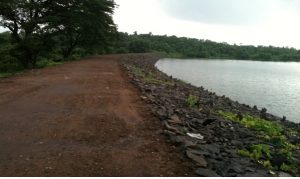
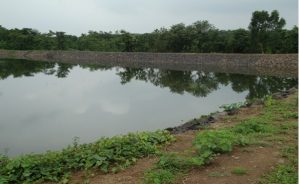

Lift Irrigation Scheme (Source Well) Sakharpada Nadgaon Tal- Shahapur Paye CNB Bandhara, Taluka – Bhiwandi
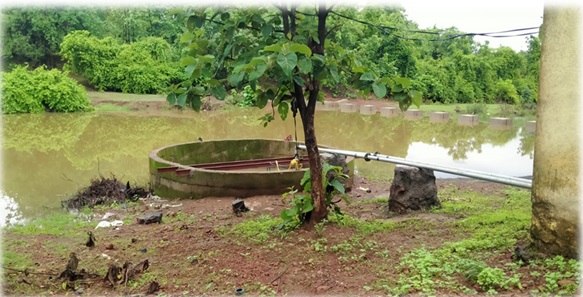
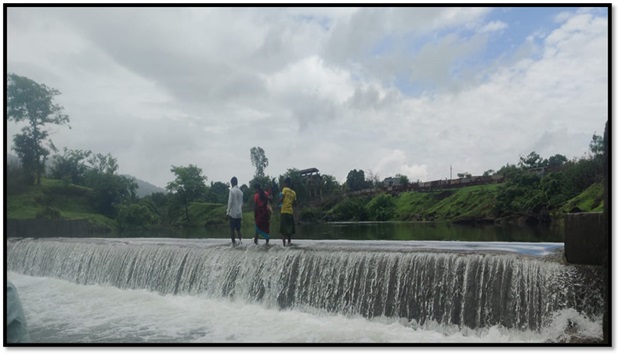
Repairs of Mohili Village Tank, Tal- Bhiwandi
